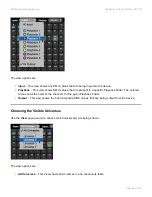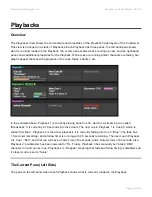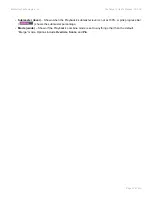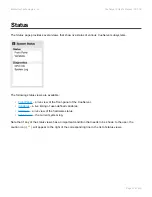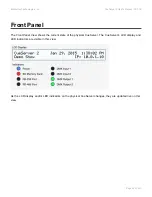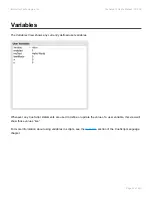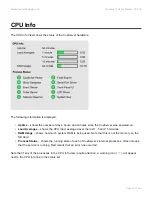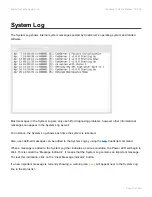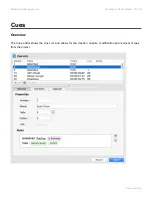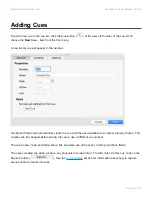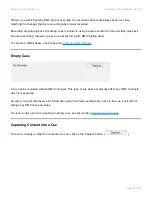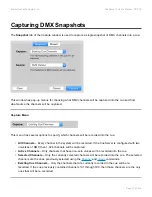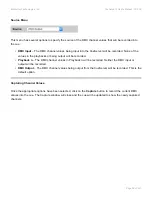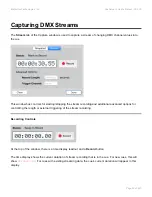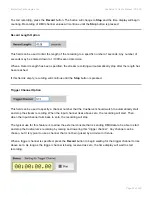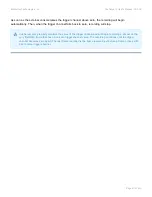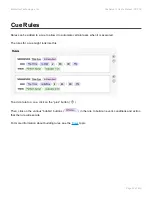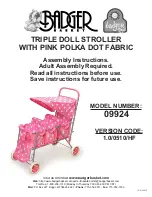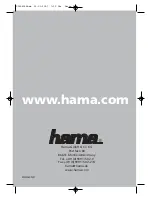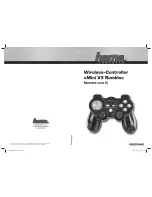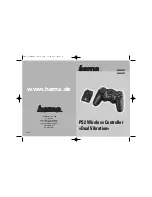
Cue Types
There are two cue types available to CueServer.
Normal Cues
A “normal” cue is similar to the type of cue used on traditional lighting consoles. A cue of this type stores a
single scene (or part of a scene).
In CueServer, a normal cue stores an array of DMX channel values, which will be recalled when the cue is
executed. The cue may contain
all
,
some
, or
none
of the available DMX channels in the system. Normal
cues have extra parameters such as fade and follow times, an optional linked cue, and automation rules.
Generally speaking, when playing back (executing) normal cues, the output of the CueServer will crossfade
to a new scene. Again, a normal cue may only include
some
of the DMX channels, so only part of a scene
may be affected by playing back a normal cue.
Streaming Cues
A “streaming” cue is a different type of cue that stores DMX channels and their changes over a period of
time.
An analogy can be made between a streaming cue in CueServer, and a “tape recorder” for audio. When a
streaming cue is captured in CueServer, every change to a DMX channel during the capture is saved. Then,
when the streaming cue is played back, the changes occur in real-time just the same way that it was
recorded.
Streaming cues have extra parameters such as playback mode, follow time, an optional linked cue, and
automation rules.
Interactive Technologies, Inc.
CueServer 2 User's Manual - 18.5.18
Page 51 of 429


